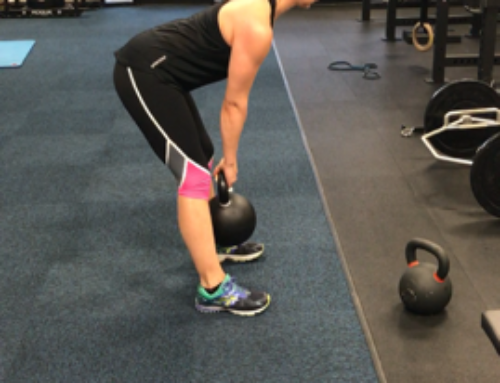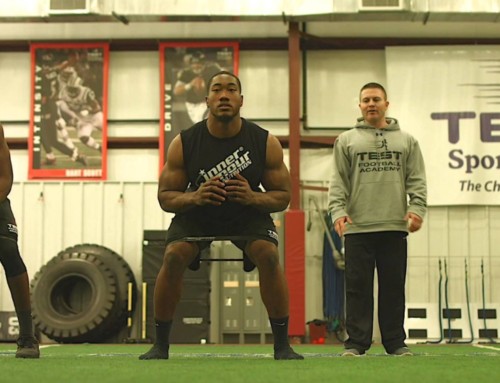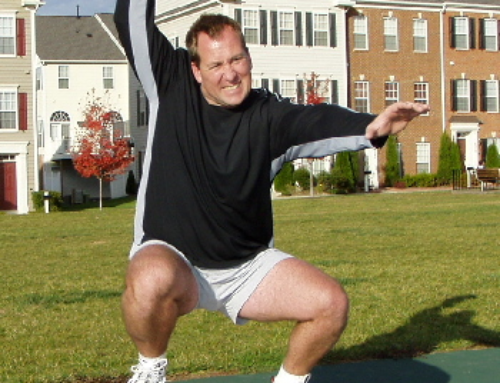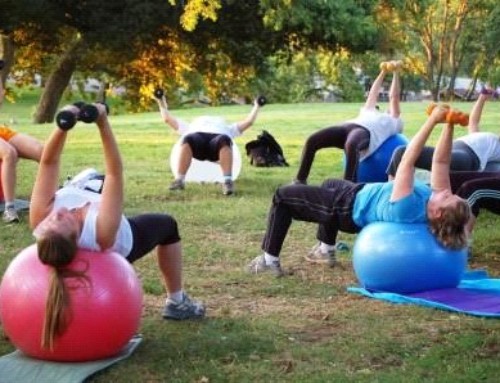I often get asked how someone should be eating to reach their fat loss or muscle building goal. The recent increase in clients wanting to gain more knowledge in this area motivated me to write this article. I am going to give you some basic guidelines that will help you build a solid foundation on how, what and when to eat certain foods.
First things first. You will not lose weight if your total calories consumed exceeds what you burn through daily activities and exercise. The contrary is also true. You will not gain weight if you burn more calories than you eat.
The first place to start is to determine how many calories your body needs to maintain your current weight. Here is a good site to plug your numbers in and get a good idea of how many calories your body demands http://dailyburn.com/life/health/how-to-calculate-bmr/. These numbers are found by entering your gender, weight, age, height, and activity level. After you have found your RMR (Resting Metabolic Rate), then you have to factor in if you are striving to lose or gain weight.
For the individual trying to drop weight, a good starting point would be to subtract 500 calories from your TDEE (Total Daily Energy Expenditure.) Remember there are 3500 calories in a pound of fat, so 500 calories less per day between diet and exercise would equal out to roughly one pound of fat loss a week. There are other factors that do play a role in this, but we are keeping it simple for now and this will get most people on the right track to fat loss.
As an example we will use a 35 year old female weighing 150 pounds and working out 3-5 times a week. Her TDEE comes out to 2,133 calories per day. This number does factor in the exercise she is performing. If she was looking to lose weight, she would want to shoot for a few hundred calories under this number and possibly increase the caloric burn from exercise a slight amount.
Remember, if you don’t have your total calories under control, do not go to the next step before you do. Otherwise you will be wasting your time if your goal is fat loss.
Once total calories are in place, the next thing to look at is your macros. These are your protein, fats and carbohydrates. Let’s go over how much you need of each and when to have them, as both of these factors play a role in helping you reach your body composition goal.
I’m going to cover the macronutrients in order of importance when it comes to reaching body composition goals, starting with the most important.
Protein: For someone who is working out on a consistent basis and breaking down muscle tissue, that muscle tissue must be rebuilt and that is what protein helps with. 0.8-1gram of protein per pound of body weight is standard for someone who does resistance training on a regular basis. This may seem very high, however the person looking to change body composition will require higher protein intake than the individual just looking to maintain overall health.
To make the math easy, we will keep this number the same every day. For example, the same 150 pound person will need to consume 120-150 grams of protein each day.
Carbohydrates: This is your primary source of energy. Your body needs more energy on workout days than on off days to fuel your workouts. On non-workout days, your body demands less energy, therefore you will eat less carbs. We will use the same 150 pound person for this example as well.
On off days: 0.5 grams of carbohydrates per pound of bodyweight
Workout days: 1-1.5 grams of carbs depending on the intensity of the workout
If you are significantly overweight or are looking to lose closer to two pounds per week I would stay on the lower end of the recommended amount here. The remaining calories left over will go towards fat.
A simple reminder for the calories in each macronutrient are as follows:
Protein: 1g=4 calories
Carbohydrates: 1g=4 calories
Fats: 1g=9 calories
Use these numbers to figure out how much fat you should have in the day.
For instance, 100 grams of protein would equate to 400 calories
100 grams of carbohydrates also equates to 400 calories.
However, 100 grams of fat would come out to 900 calories.
Fats: Some fats must be consumed to maintain regular body functions. Fat are also a source of energy. That is another thing to consider when planning your meals. Carbs and fat are both energy, so realize that you do not need too much “energy” in one meal. Pick your protein source and then pick your carbs or fat depending on how close you are to your workout, which is covered in the next section.
Also, a bonus of fat is that it can help keep you full longer.
Some bonus tips that will excel rate of fat loss:
· Eat mostly whole foods. These include lean meats, lots of vegetables, fruits, some grains (as long as they are fine on your digestive system) and legumes.
· Consume most of the days carbs around the workout. You will need some carbs roughly 1-3 hours before the workout to provide the necessary fuel for the workout. Exact timing depends on what food you eat and personal tolerance. The more intense the workout, allow for more carbs, the less intense the workout the less carbs you need.
· After the workout is the best time of the day to have carbohydrates as they will go more towards replacing the glycogen (stored form of carbohydrates in the muscle) and help with recovery at this time. You need to have this meal within 30-60 minutes of completing your workout. Keep fat very low in this meal. Fat slows digestion, which can be good at other times, but we want nutrient absorption to be maximized during this period. A good ratio would be 2:1 carbs to protein to start with. You can increase or decrease your carbs a little based on your goal.
· Consume protein at each meal. Build your meals around this staple. Choose your protein first, then add the carbs and fat that is needed for that time of day.
· Don’t just guess. Write down everything you eat for the first 2-3 days to track your calories and macros. You don’t have to do this every day, but it is a good way to keep you accountable and can be an eye opener if you are eating way too much fat, carbs, etc. Make adjustments accordingly.
· Since you will be eating most of your days allotment of carbohydrates around the workout, breakfast will be made up of protein and fats. This is assuming you workout in the evening. If you workout in the morning or even lunch, feel free to have healthy carbs at this meal as well.
· Don’t overcomplicate things. The numbers in this post are to help you get an idea of what would be ideal to lose weight. If you take nothing else from this article, you must remember that total caloric intake is the most important factor in losing weight. If you have that under control and are exercising you will see the pounds start to drop.
· Take advantage of EPOC (excess post exercise oxygen consumption). Some people refer to this as the afterburn. Research has shown that after an intense workout the body has to work harder for up to 24 hours to build oxygen levels back up. This results in your body burning calories at a higher rate during this time. Workouts that are geared towards taking advantage of this are circuit training with weights, sprint intervals on treadmill, bike, tabatas, etc. For more information on this, visit https://www.acefitness.org/blog/5008/7-things-to-know-about-excess-post-exercise-oxygen
· You can reach your goals from 3 meals per day or from 5-6 meals per day. Do what works for you, what you can stick with, and fits your schedule. Obviously if you are eating only 3 meals, those meals will consist of higher calories than breaking them up into smaller meals.
· Be consistent. Two days followed by a terrible day of eating won’t get you very far. Apply some or all of these principles to help you kick start your fat loss journey!
Jonathan Brawley, BS, NASM-CPT







